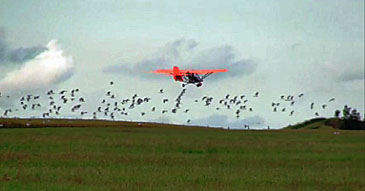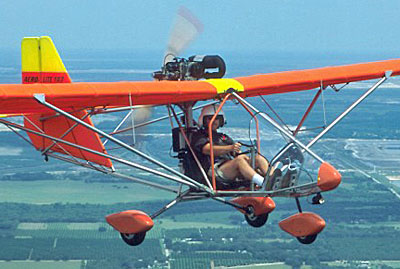



• “Ultralight vehicle” was chosen to avoid running afoul of FAA definitions, which are quite specific. By steering clear of “airplane” or “aircraft,” Sacrey’s FAA team was able to put into place the remarkable Part 103 rule that removes so much of the burdensome regulation that confounds traditional American and international airplane development and raises the cost of aircraft. Of course Aerolite and other “vehicles” are actually genuine aircraft and so dealt with by FAA but such a description was apparently needed to get Part 103 through the system. Present-day FAA people suggest such a regulation would never succeed now … so enjoy the magic of Part 103.


I’d don’t know where the FAA got the number “254” — it seems very arbitrary to me.
The FAA should change the max weight of Part 103 to 300 lbs. This is for the sole reason of allowing more sophisticated engine options. An AIRPLANE that weighs less than 300 pounds is STILL an ultralight.
You are right, Jeff. The 254 pound weight was rather arbitrarily selected. Several attempts have been made to change it, all unsuccessful. At this point, we do not want to change anything about Part 103. It has endured since 1982 and any effort to change it could dramatically alter it probably for the worse. No one wants that. Part 103 is arguably the most charming and is certainly the least regulated way to fly in America. Let’s not mess with that!